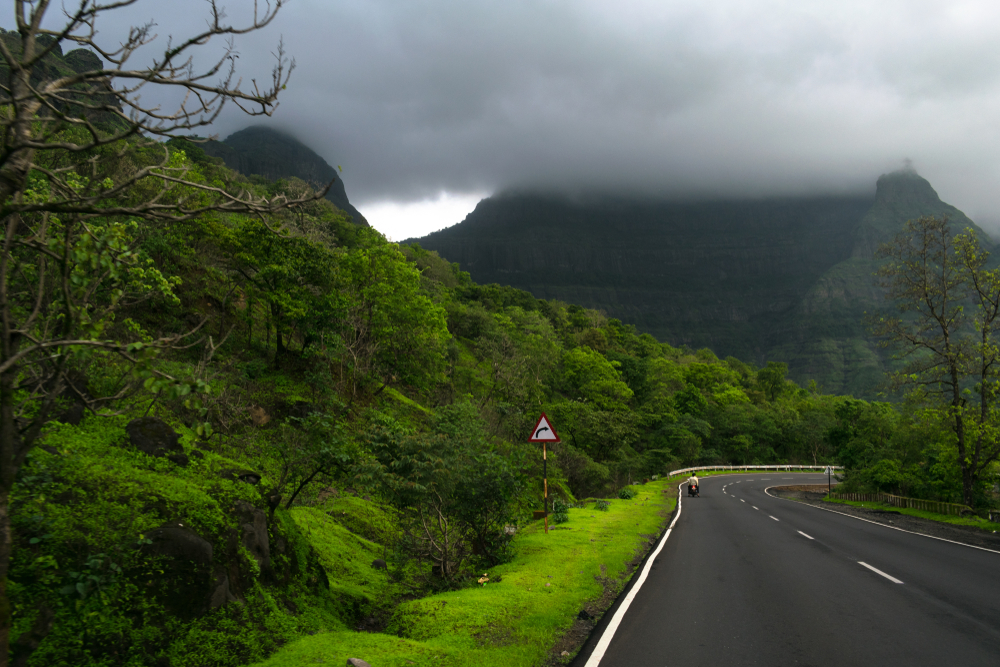There are two monsoons in India, Monsoon in other words means rainy season. There is the summer monsoon also known as the southwest monsoon, it affects the entire country of India and lasts from June to September. There also is the Winter Monsoon, also known as the Northeast it brings seasonal rainfall to south east India from the month of October to December.
Is it possible to visit India during monsoon?
The monsoons follow a pattern with the trade winds, so it is possible to plan your holiday in India around them and avoid the heavy rains. For example the summer monsoon doesn’t cause heavy rains to the south easterly regions like Tamilnadu which experience heavy rains in October and November. Although humid July and August are perfect times to explore the temple delights of Madurai and the coastal French colonial town of Pondicherry.
It is recommended to visit the sights in the cooler morning and evening and choose for yourself a hotel that has an Air condition and has a swimming pool for you to get the most out of your stay as you enjoy your Holiday.
Rajasten is the driest state in India, the summer monsoon hits the driest in India, and the Rajasten has a desert to its west. The monsoon starts strongly in July with the rains turning the streets of the state into rivers. In September the monsoon would have blown out with occasional showers.
It is the best time to visit as the lakes are full, the hills are green, and with not so many visitors giving you the feeling like you have the whole country to yourself.
The southern mountain rangers, the western gates, do receive plenty of rains during monsoon. Their altitude catches the monsoon trade winds in the summer and winter and so receives plenty of rainfall June to October. The beautiful scenery involves tea and spice plantations, waterfalls and lakes and a great bride life, the best time to visit and enjoy great outdoors is November to march.
Most National Parks are closed during monsoon because of flooding that causes these places to be accessible and makes wildlife sighting almost impossible.
But what are monsoons and how are they caused?
Monsoons are caused by pressure difference between land and sea causing seasonal winds and rains. The southwest monsoon occurs after Hot Summer, the land mass of India heats up to the surrounding sea. The extreme heat of the Thar Desert draws in moisture winds from low pressure areas in the Arabian Sea.
The winds first hit the Western Ghats of kerala, this causes the winds to rise and cool with subsequent rainfall, and they then move northwards, the winds often reach kerela in June and Mombai about 10 days later, and then reach delhi in July and then the rest of India.
The reverse happens in winter during the northeast monsoon. This time the land is colder than the sea making the pressure gradient from land to sea.

